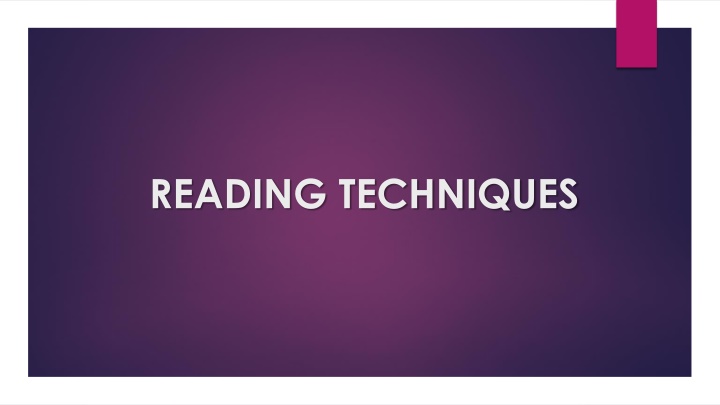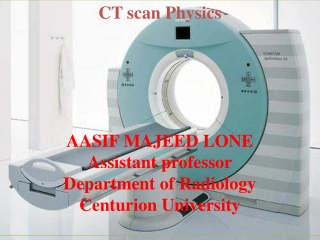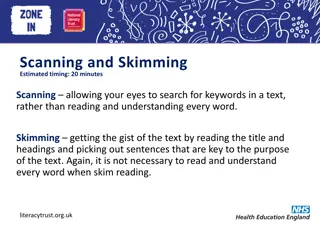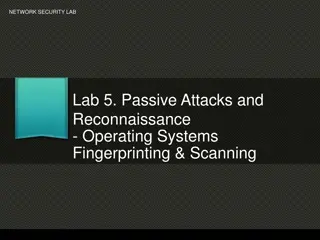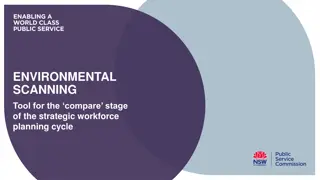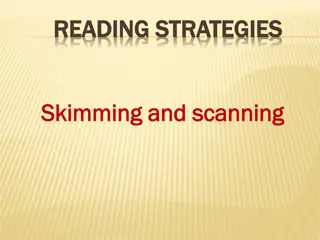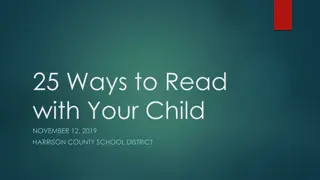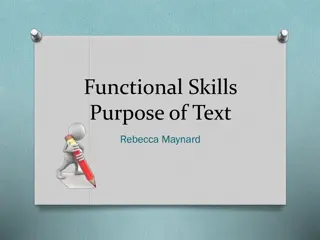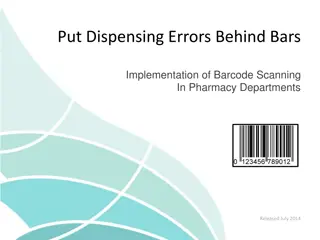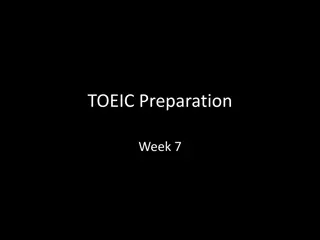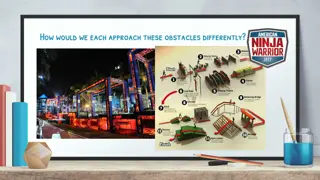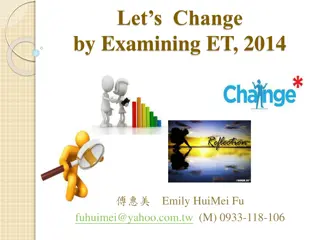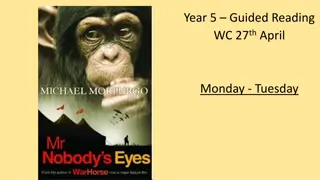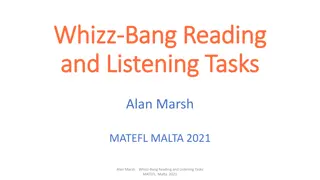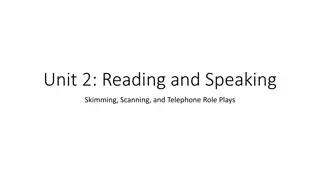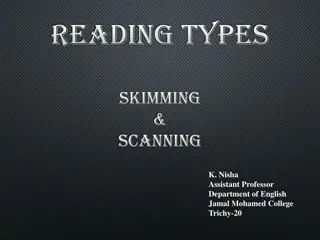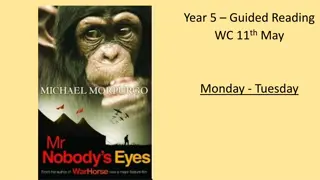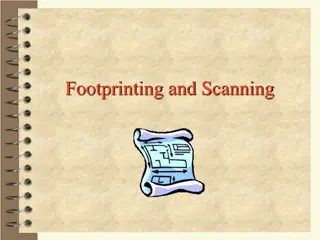Effective Reading Techniques: Skimming, Scanning, and More
Explore different reading techniques like skimming, scanning, extensive reading, and intensive reading. Skimming helps to quickly grasp the main idea, while scanning is useful for finding specific information. Extensive reading is for pleasure, while intensive reading involves deep understanding and retention of information. Each technique serves a specific purpose in enhancing reading skills and comprehension.
Download Presentation

Please find below an Image/Link to download the presentation.
The content on the website is provided AS IS for your information and personal use only. It may not be sold, licensed, or shared on other websites without obtaining consent from the author.If you encounter any issues during the download, it is possible that the publisher has removed the file from their server.
You are allowed to download the files provided on this website for personal or commercial use, subject to the condition that they are used lawfully. All files are the property of their respective owners.
The content on the website is provided AS IS for your information and personal use only. It may not be sold, licensed, or shared on other websites without obtaining consent from the author.
E N D
Presentation Transcript
Skimming Skimming is sometimes referred to as gist reading. Skimming may help in order to know what the text is about at its most basic level. You might typically do this with a magazine or newspaper and would help you mentally and quickly shortlist those articles which you might consider for a deeper read. You can reach a speed count of even 700 words per minute if you train yourself well in this particular method. Comprehension is of course very low and understanding of overall content very superficial.
Scanning Picture yourself visiting a historical city, guide book in hand. You would most probably just scan the guide book to see which site you might want to visit. Scanning involves getting your eyes to quickly scuttle across sentence and is used to get just a simple piece of information. You ll be searching for specific words or phrases that will give you more information and answer questions you may have. Interestingly, research has concluded that reading off a computer screen actually inhibits the pathways to effective scanning and thus, reading of paper is far more conducive to speedy comprehension of texts.
Extensive reading Extensive reading involves reading for pleasure. Because there is an element of enjoyment in extensive reading it is unlikely that students will undertake extensive reading of a text they do not like. It also requires a fluid decoding and assimilation of the text and content in front of you. If the text is difficult and you stop every few minutes to figure out what is being said or to look up new words in the dictionary, you are breaking your concentration and diverting your thoughts.
Intensive reading You need to have your aims clear in mind when undertaking intensive reading. Remember this is going to be far more time consuming than scanning or skimming. If you need to list the chronology of events in a long passage, you will need to read it intensively. This type of reading has indeed beneficial to language learners as it helps them understand vocabulary by deducing the meaning of words in context. It moreover, helps with retention of information for long periods of time and knowledge resulting from intensive reading persists in your long term memory.
